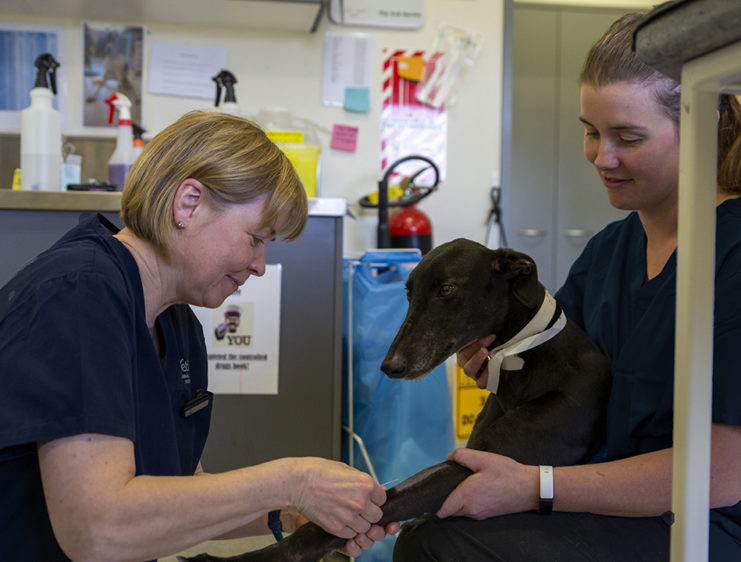

Managing Stags Post-rut
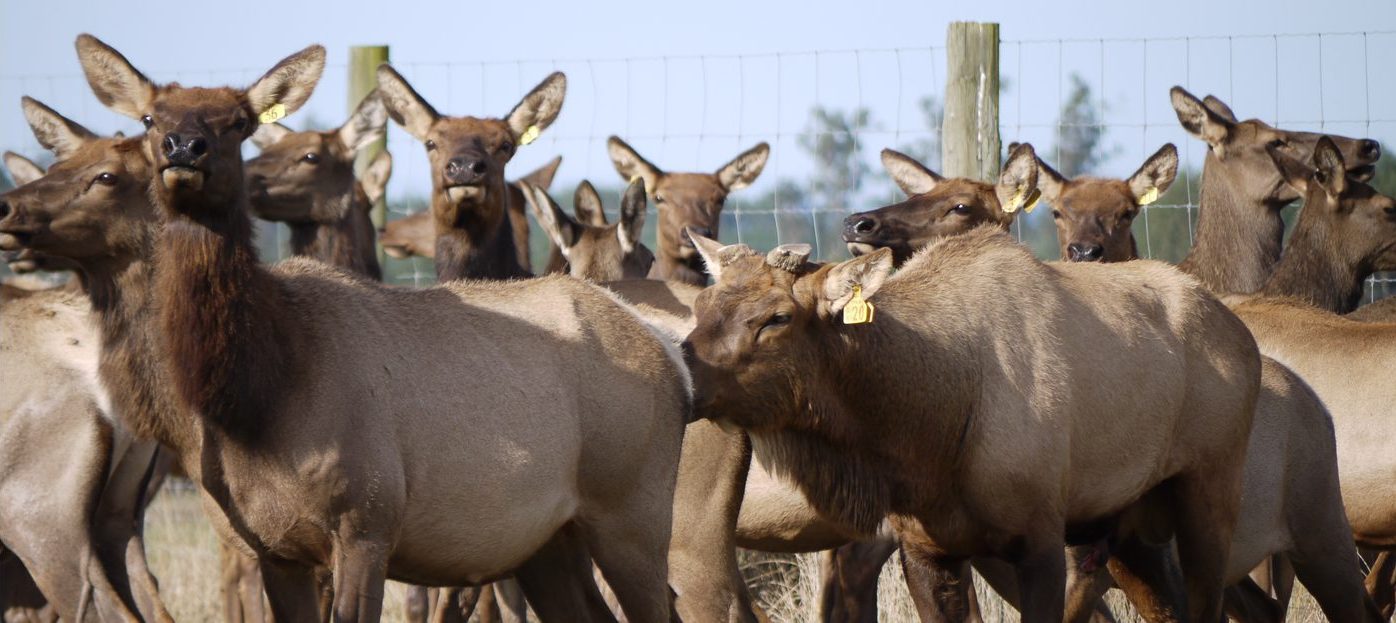
The feed requirement of stags during the roar has been less than half that of other times of the year. This is despite the huge energy investment that goes into protecting their patch and herding hinds (or fence pacing) as stags simply do very little eating over this time. Consequently they lose up to 30% […]
READ MORE

The Importance of Transitioning Properly
Nutrition and management during the transition period are important, but success is set several months in advance. When we speak about a season, we would normally say it starts on 1st August along with calving and it finishes on the 31st May at dry off. But we actually like starting our season on 1st January, […]
READ MORE

Zoonotic Disease around the Dairy Farm
All farms will have a health and safety plan in place which should cover off things including major on-farm hazards. One aspect of health and safety which can be overlooked, but can have an enormous impact on human health and wellbeing, is a zoonotic disease. A zoonotic disease is one that can be spread from […]
READ MORE

Long-acting Drench Capsules – Should I Use Them?
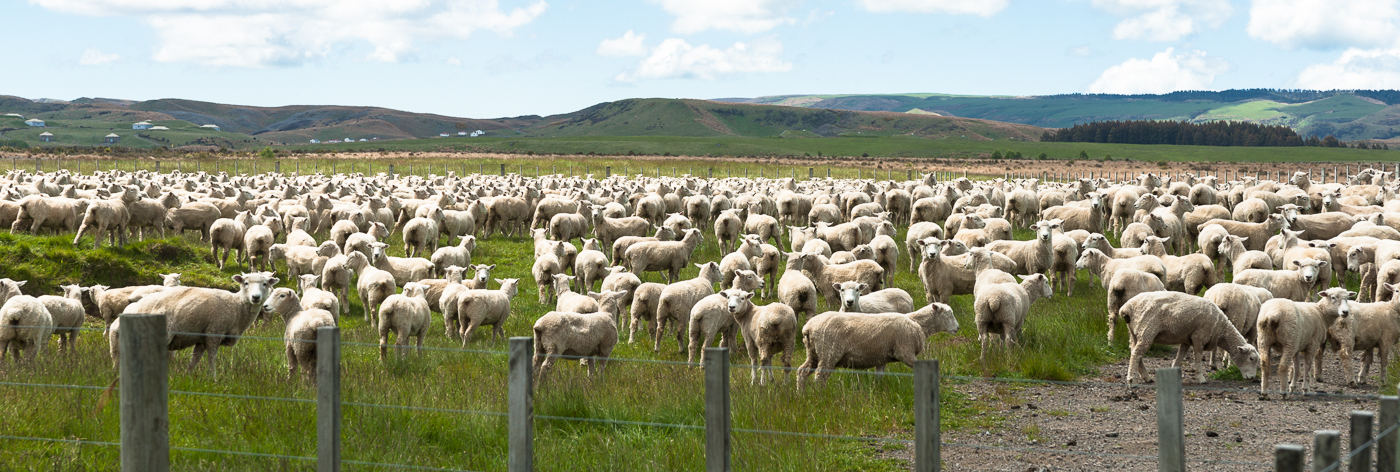
Long-acting drench capsules have long been used in ewes at or around lambing. Their success results from reducing the periparturient rise (PPR) in parasite eggs being passed by ewes before and after lambing. The PPR occurs from a lowering of the ewes’ immune system from late gestation until soon after lambing. The period of the PPR […]
READ MORE

Feline Panleukopenia Virus
With vaccination rates increasing in the small animal world, it would be nice to think that the occurrence of feline panleukopenia or feline parvovirus, is a thing of the past but that is not the case. Veterinary teams across Vetlife clinics in the South Island have seen many cases recently. This disease, also known as […]
READ MORE

Winter Kennelling
Winter is approaching and it is time to make sure you have stored enough firewood, put a woollen underlay back on your bed and dug out your raincoat from behind the seat in the ute. It is great to come home after a day out in the cold, perhaps out in the rain, to a […]
READ MORE

Transition Cow Mineral Mixes
As the season passes by, it becomes more important to ensure all our spring planning is well underway. Tasks such as late-season condition scoring, milk quality reviews and decisions on dry cow are all key tasks that impact spring. Something that is often overlooked is mineral supplementation in late gestation and early lactation. We often […]
READ MORE

Iodine and Selenium Supplementation in Sheep Flocks
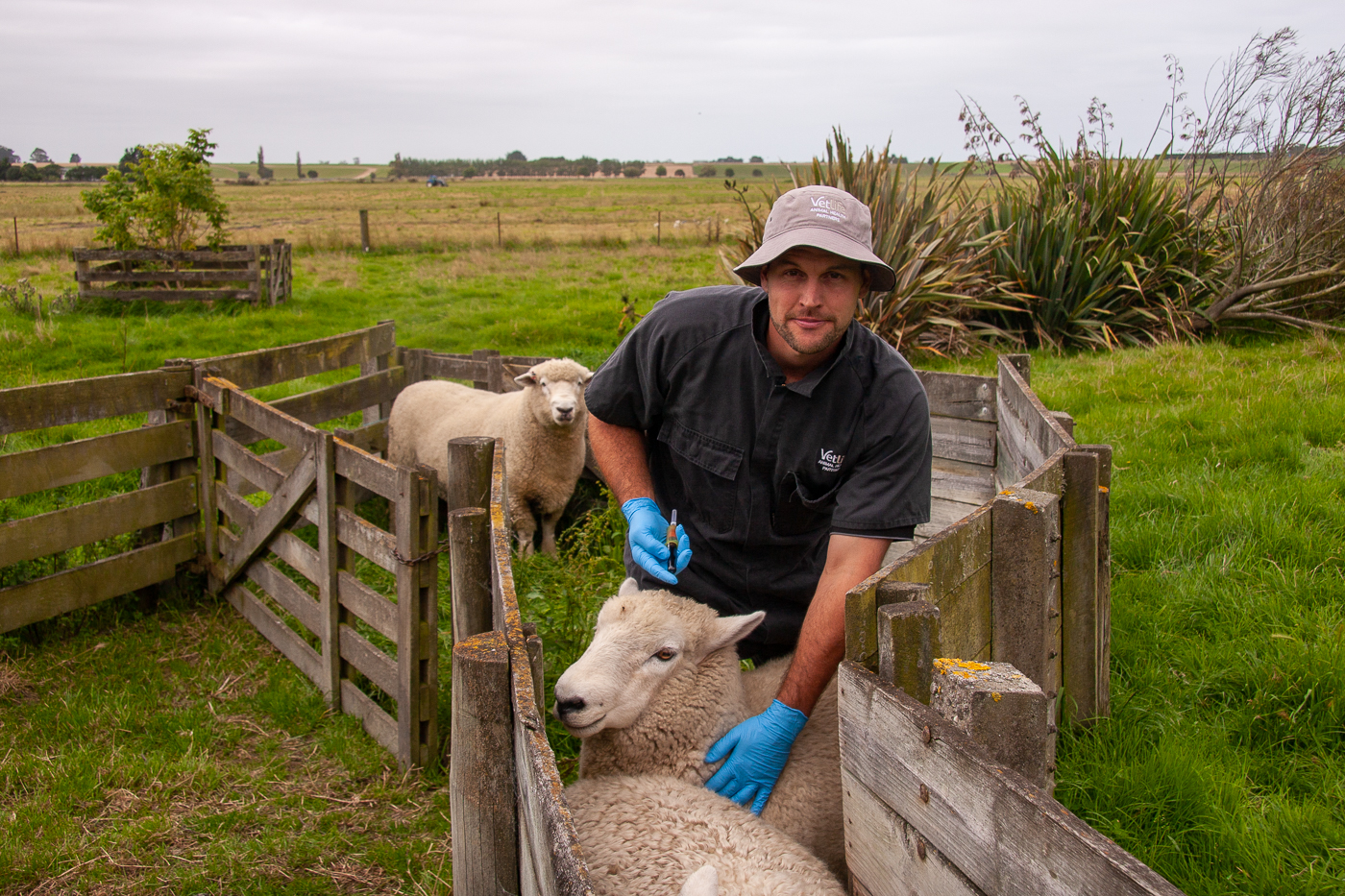
Outside of fine wool production lambing percentage and concurrent lamb survival are key drivers of sheep profitability on many New Zealand sheep and beef farms. The trace element status of ewe’s pre-tup and through pregnancy may have a profound effect on ovulation rate, implantation rate and embryo survival through pregnancy to the overall health of […]
READ MORE

The Perfect Diet for Dairy Farms
A farmer asked me for the perfect diet. I, myself, had been trying for the perfect diet for my last eight years of winter milking in our barn before we sold our dairy farm. What a question, extremely exciting. Is the perfect diet the most milk, the greatest profit, the best in-calf rate, the perfect […]
READ MORE

System Heats after a Positive Pregnancy Diagnosis
While pregnancy testing, we often find cows that are pregnant but not to their most recent insemination. In the past, we have put this down to inaccurate records, incorrect heat detection or the known but rare cases of cows showing heat while pregnant. We now have herds with automated heat detection, in the form of […]
READ MORE

Body Condition Scores at Dry Off
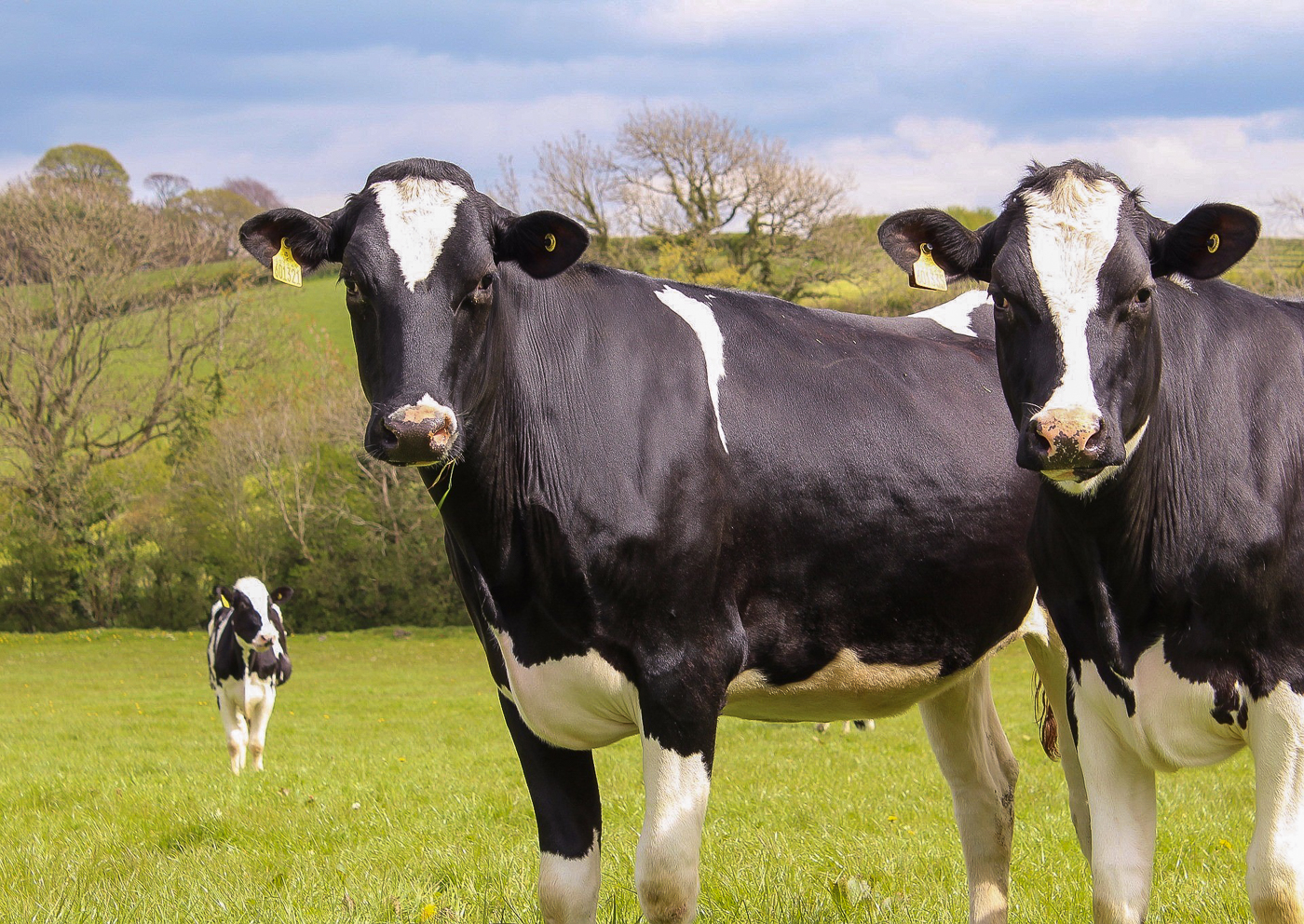
Dry-off allows dairy cows a break to recover from the trials of calving and lactation. When they do not have a sufficient dry period, this may come at a cost to cow condition at calving, which in turn has many significant knock-on effects on productivity for next season and beyond. One of the main negative […]
READ MORE

Cruciate Disease and TTA Surgery

Cruciate ligament disease is a common cause of lameness in dogs. Both knees in the back legs can be affected. After the onset of lameness, arthritis and joint instability cause continuing deterioration in limb function. Thankfully, your vet can resolve the lameness and get your pet back to a happy, active lifestyle. How can surgery […]
READ MORE

Get in touch with your local Vetlife Clinic today to discuss your animal’s health concerns.
With vet clinics across the South Island, we look forward to welcoming you into one of our Vetlife clinics.
FIND A CLINIC